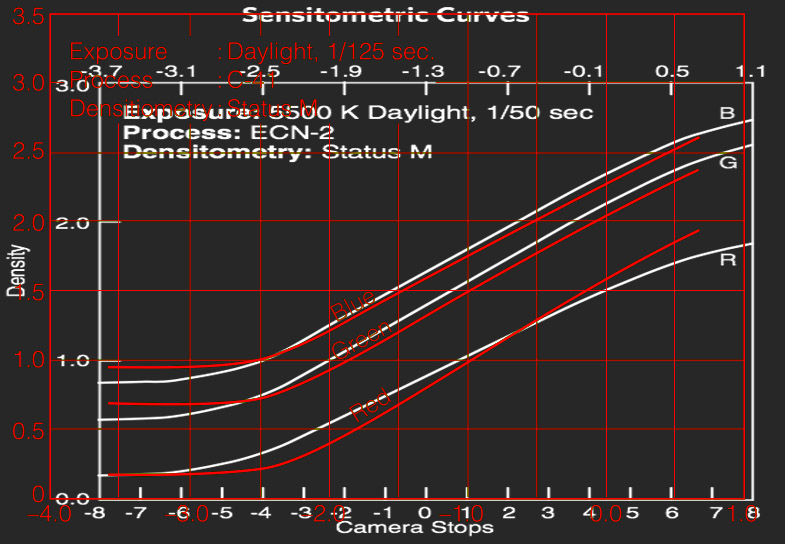zerobuttons
Well-known
Is it possible to find an overview of how many stops in a single exposure (from highlights to shadows), a given film would successfully cover, without blown highlights and/or blackened shadows?
I took up film photography again, because digital disappointed me in this regard - pretty low dynamic range, even with expensive cameras.
Trying to investigate this with film in mind, I have found all the documents that the manufacturers publicize about their film products, but either I don´t know what to look for, or this information isn´t in those documents.
From my own experiences so far, I know for a fact that I can expect lower dynamic range from Kodak Ektar 100 than from Kodak Portra NC160 (just an example), but since it would be hard for me to really experiment with every interesting film on the market, it would be nice if this information could be found somewhere.
By the way: I am aware that there could be differences between for instance 120 and 135 film with the same product name. I am interested in 135 film, color negative and B&W.
I took up film photography again, because digital disappointed me in this regard - pretty low dynamic range, even with expensive cameras.
Trying to investigate this with film in mind, I have found all the documents that the manufacturers publicize about their film products, but either I don´t know what to look for, or this information isn´t in those documents.
From my own experiences so far, I know for a fact that I can expect lower dynamic range from Kodak Ektar 100 than from Kodak Portra NC160 (just an example), but since it would be hard for me to really experiment with every interesting film on the market, it would be nice if this information could be found somewhere.
By the way: I am aware that there could be differences between for instance 120 and 135 film with the same product name. I am interested in 135 film, color negative and B&W.




